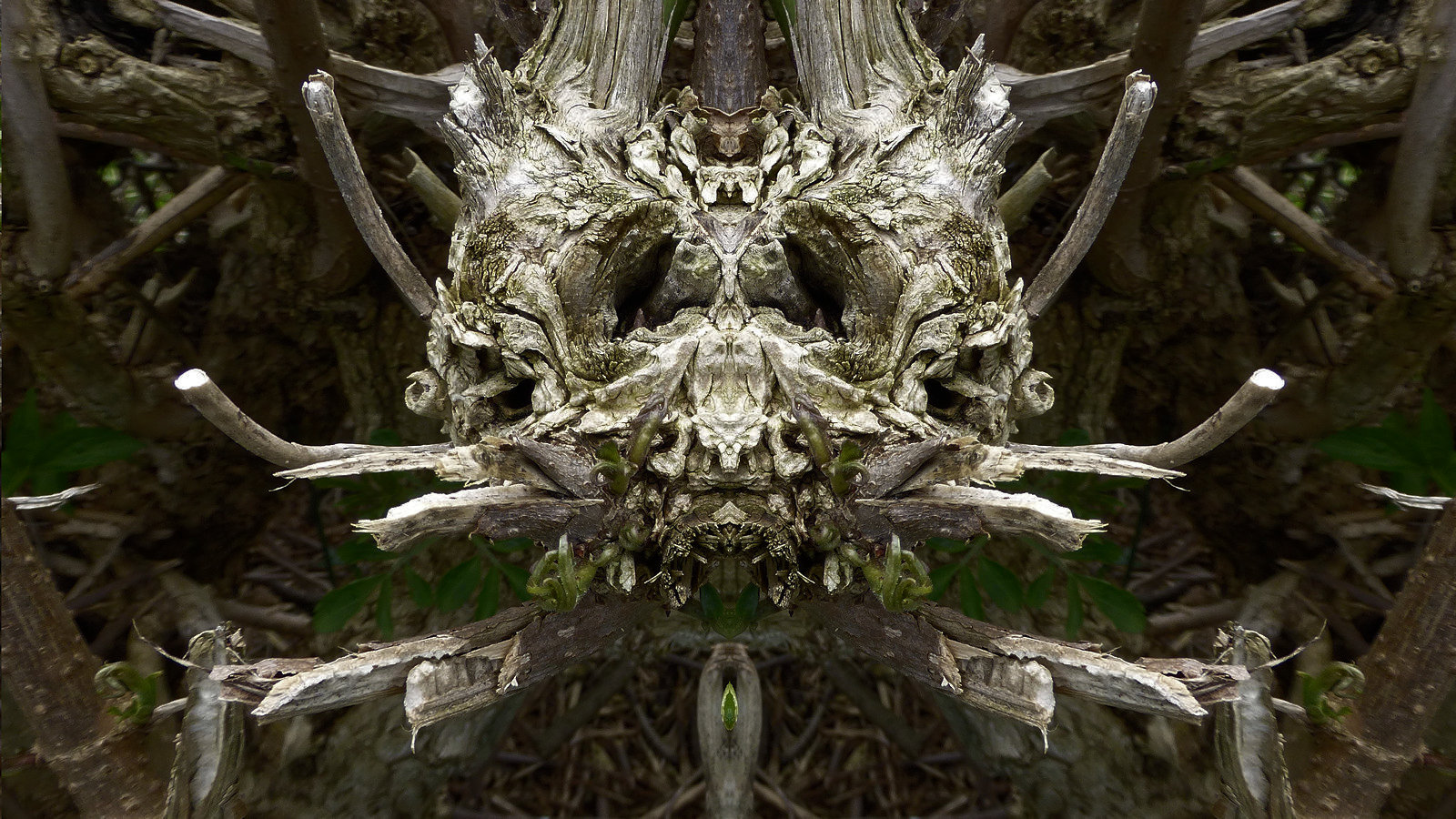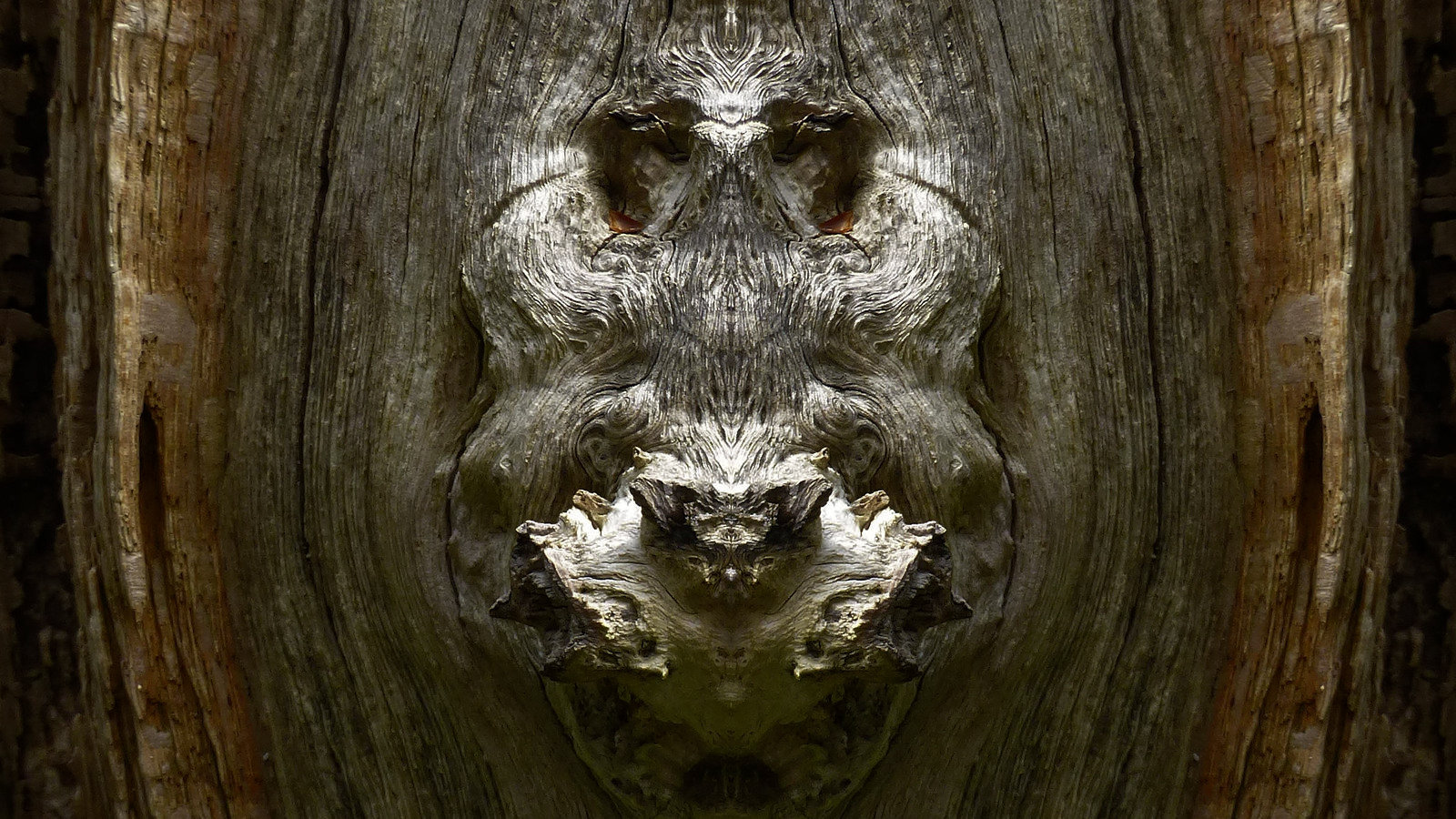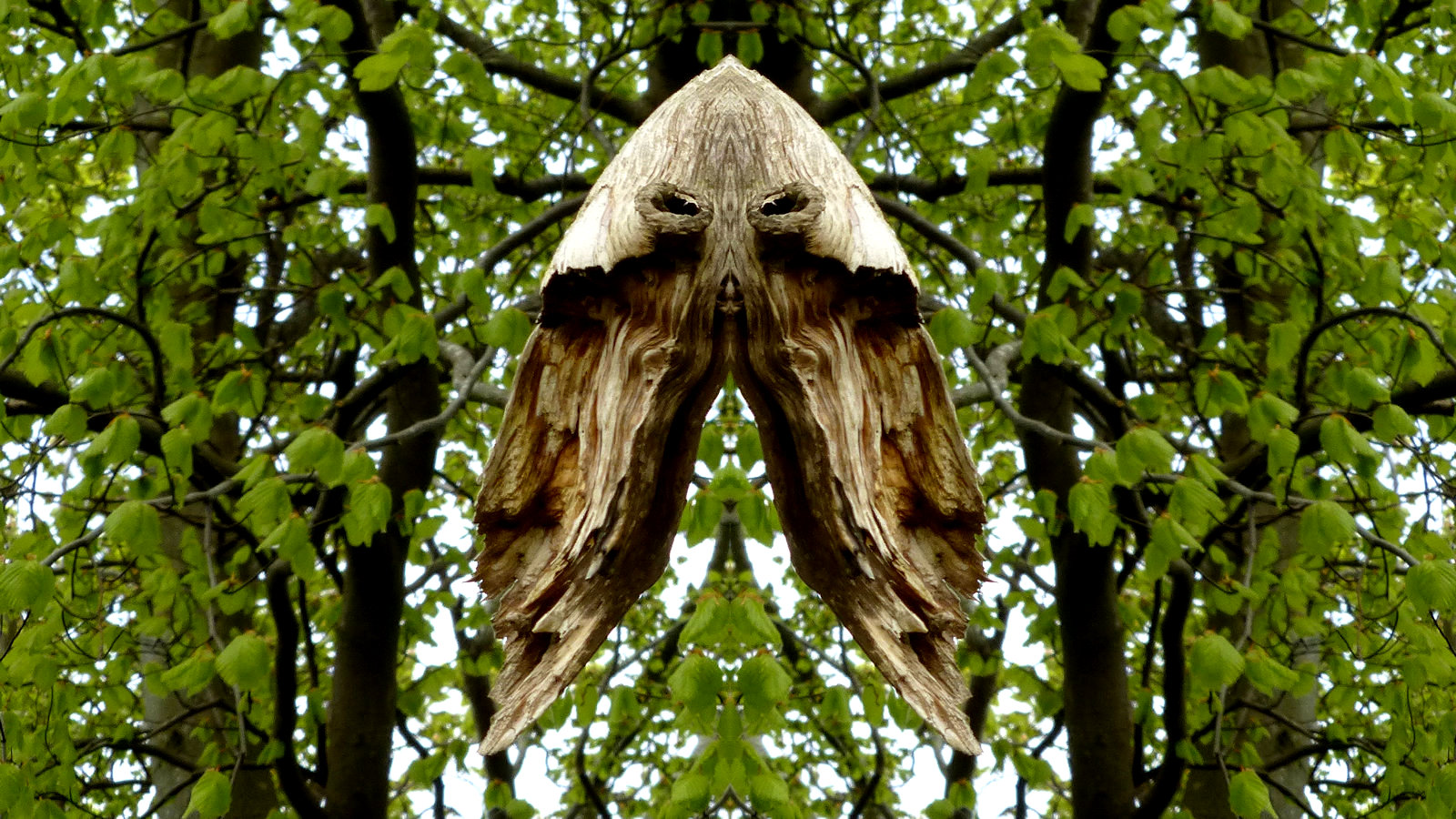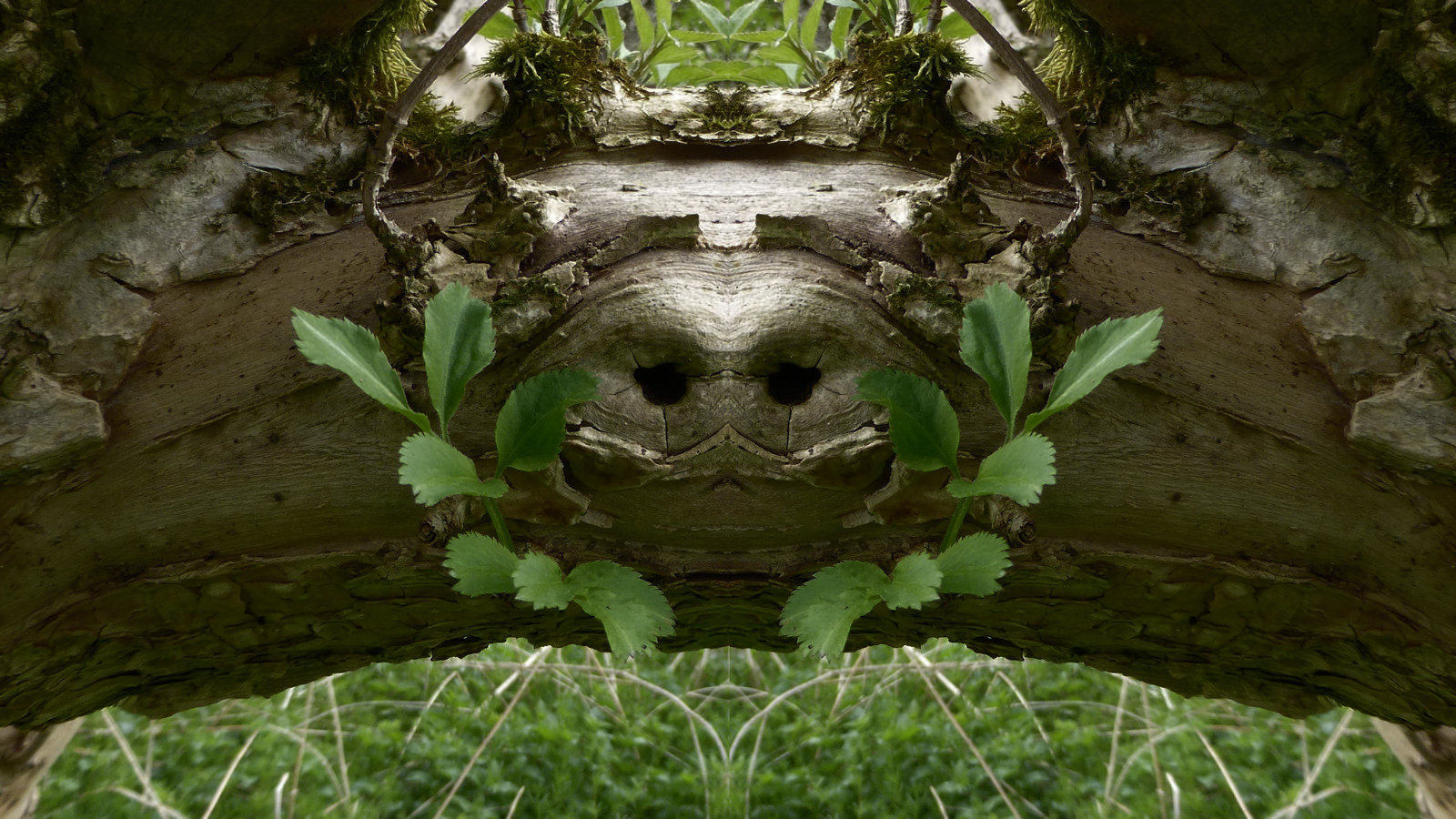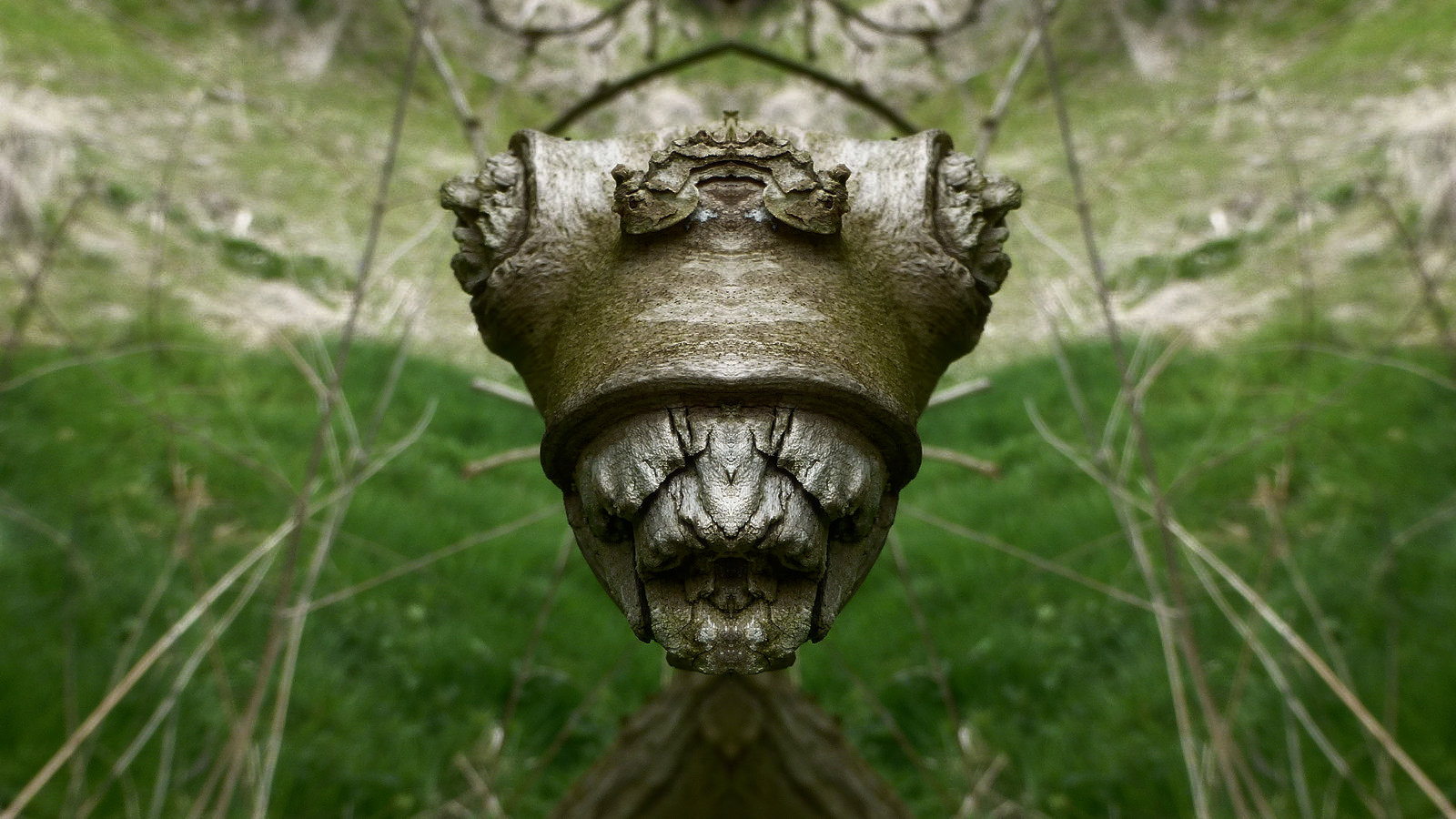A few questions and answers about goblins and goblin photography. If you have any questions you wish to ask or any suggestions for a question and answer to include on this FAQ, please use the Contact form above to send them in. Thank you.
When did you first get interested in goblin photography?
It was when I came across some images online by artist Elido Turco, from Italy, who creates what he calls “dream creatures” using the same method I’ve described on these pages. To me these where the goblins of my childhood. I recall out walking with my grandfather. I must have been about five at the time and he pointed out a tree that had fallen across a small stream. He said that was where the goblins crossed over. Goblins have been one of my interests ever since. Guess I never really grew up!
Can I download and use your images?
You can download any of the images for personal non-commercial use. All I ask is you include the following link beside any of the images you use: Planet Gary – www.planetgary.org.uk
When is the best time of day to search for goblins?
Goblins, as you can probably surmise from the images in this section of Planet Gary, are not the most attractive of creatures and their nature often matches that of their appearance. Suffice to say that you should only approach sleeping goblins during daylight, never at night. Even the twilight hours of dawn and dusk are not without risk. However, if you find yourself facing an angry goblin there’s a trick that will help you escape unscathed, well, most of the time. Goblins are partial to two things. One is gold, real gold, or even anything resembling gold. The other thing is chocolate. The trick is to carry some gold-coloured chocolate money with you and drop a few as run away like the clappers. They will be unable to resist and you can make your escape.
Do you have any photographic training?
No, just a self-taught amateur, though I did participate in a few photographic workshops when I was a member of Selkirk Camera Club more than 40 years ago. I even won some prizes when I entered my first competition. In the beginner’s section, I managed first, third and best print in the exhibition. I think I annoyed a few of the older members.
What camera accessories do you carry?
The usual small items I carry include at least two spare batteries for the camera and a spare 32 GB SD media card along with a few items for cleaning the camera lens. My mobile phone serves as a backup camera.
How do I go about finding goblins of my own?
You can find goblins and goblin faces just about anywhere there are trees, from public parks and gardens to trees and branches washed up on the beach. You can also try hedgerows, woodland, gardens and even isolated trees can prove fruitful. Coniferous plantations are not very good but still worth checking out. Perhaps the best location is mature woodland, particularly where old trees are left where they fall. Of the many different species of tree that goblins inhabit look out for oak, elm, beech and holly. One of the best trees is dead elder where the bark has fallen away.
What camera settings do you use?
Most of the time I have the camera set on intelligent auto mode (or whatever term the camera model uses) and let the camera deal with exposure, shutter, aperture, focus, etc. Generally, and unless I’m looking for something more specific, this gives me more than adequate results.
Why do your images not have a title with them?
Personally, I think an image should stand on its own right. I don’t believe giving it a title adds anything to the image. It’s the picture itself that counts. I’m a firm believer that photography is about the image not about words.
Where did you take your goblin photographs?
Most of my goblin photographs were taken in woodland, and countryside, around my home town of Bonnyrigg, Midlothian, with locations such as the grounds of Newbattle Abbey, Dalhousie Castle, Roslyn Glen, Melville Castle Hotel and particularly the old oak wood in Dalkeith Country Park, all proving excellent. But I will say it’s not easy when you first get started and takes time to get your eye in, as they say.
What post-processing do you carry out?
My aim is to keep any post-processing to a minimum by doing as much as possible at the time of taking the actual image, though that is not always possible. I try to limit any software manipulation to similar tasks that would be done in a traditional darkroom, i.e. cropping, adjusting brightness and contrast and a little sharpening to replace that lost after resizing.
Your images don’t look “real”. They must be digitally created?
No. All the goblin faces on Planet Gary are as you would find out them out in the wild. No other creative digital editing other than those akin to traditional darkroom techniques such as cropping, adjusting highlights, contrast and focus, was used. No other manipulation is involved other than, for example, moving grass stems or leaves to reveal the goblin face.
Do you use any artificial lighting or other aids?
No, I have a fairly rigid rule that I only use whatever lighting conditions are available at the time. Only rarely will I use artificial lighting such as flash, or off-cameras light sources.
Why are all your images in landscape format?
I take all my photographs in landscape format because that just feels the right way for me to go. Yes, some of them would perhaps be better to viewers in portrait format but I don’t find myself drawn to the format. I also like my images to follow a common standard, all the same size, the same shape and same format. I just get a bit uncomfortable trying to mix more than one format.
How many photographs do you take and how many of those will go online?
During a single day of goblin photography, I often take around 250 images, sometimes even more. This allows me to create around 100 or more goblin photographs. Note you often get two images from a single original by using each half in turn to create a separate image.
Do you have any tips for someone new to goblin photography?
Yes, get out there come rain or shine and simply of pictures. Don’t think too much. Inspect the images after you get home. Learn from others but do you own thing, develop your own style and try not to copy others. Use whatever camera you want, including a smartphone. Use whatever lens you want. Start a website or blog, post on your Facebook page or open a Flickr account – all these will give you purpose for taking your pictures. Finally, take images for yourself and forget about pleasing others. Forget about how many page counts or likes you get. It’s what you like that counts. And finally, the opinion of others is only their view point.
Copyright ©2022 Gary Buckham. All rights reserved.

